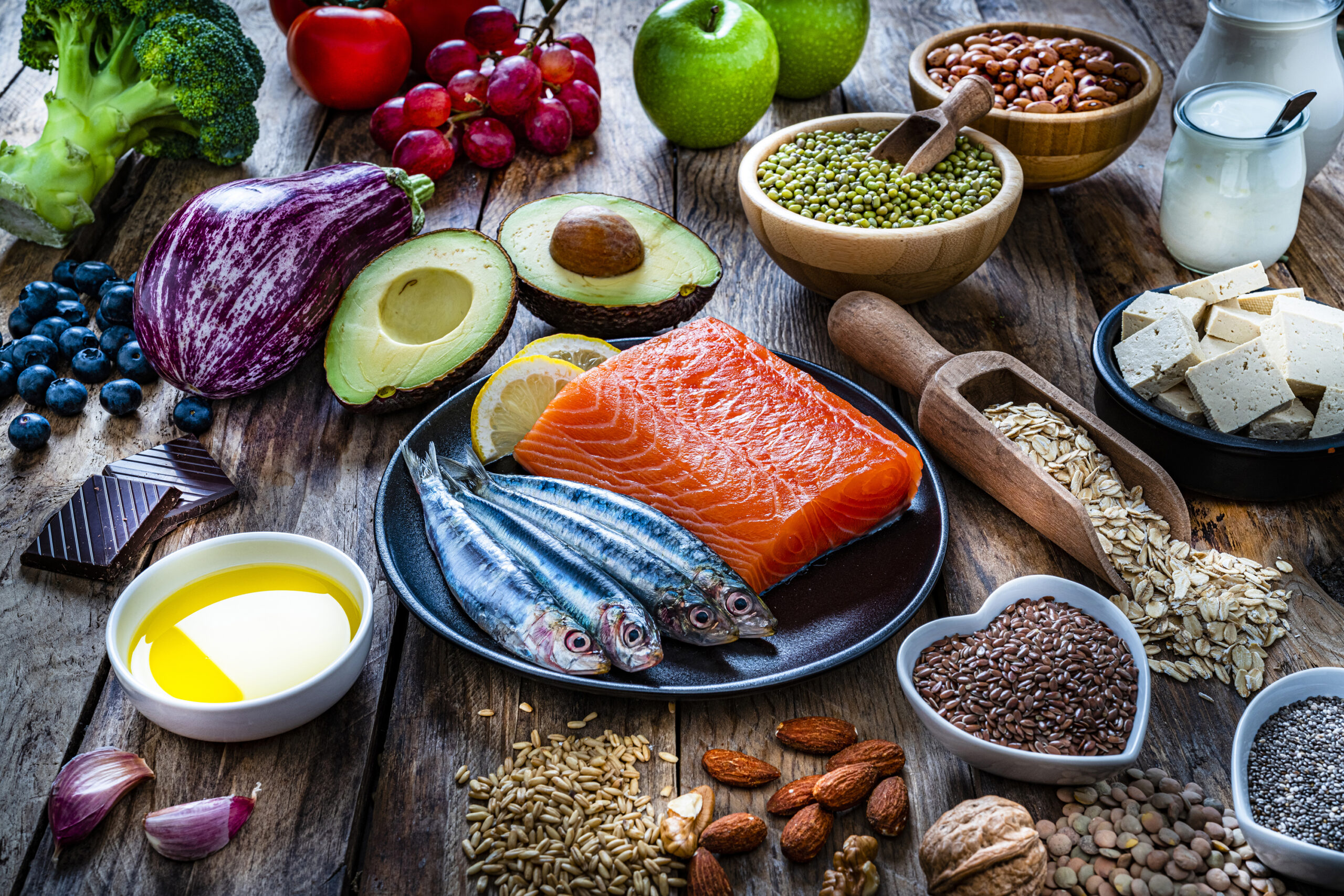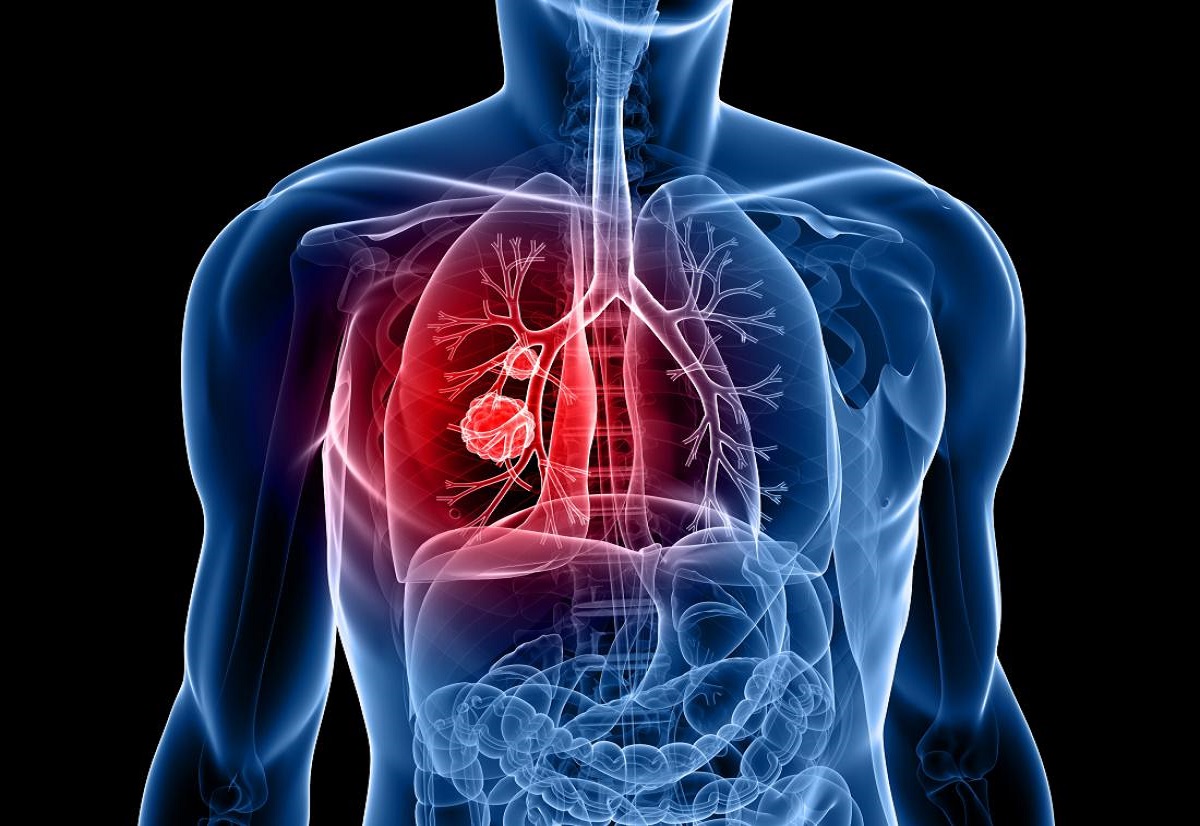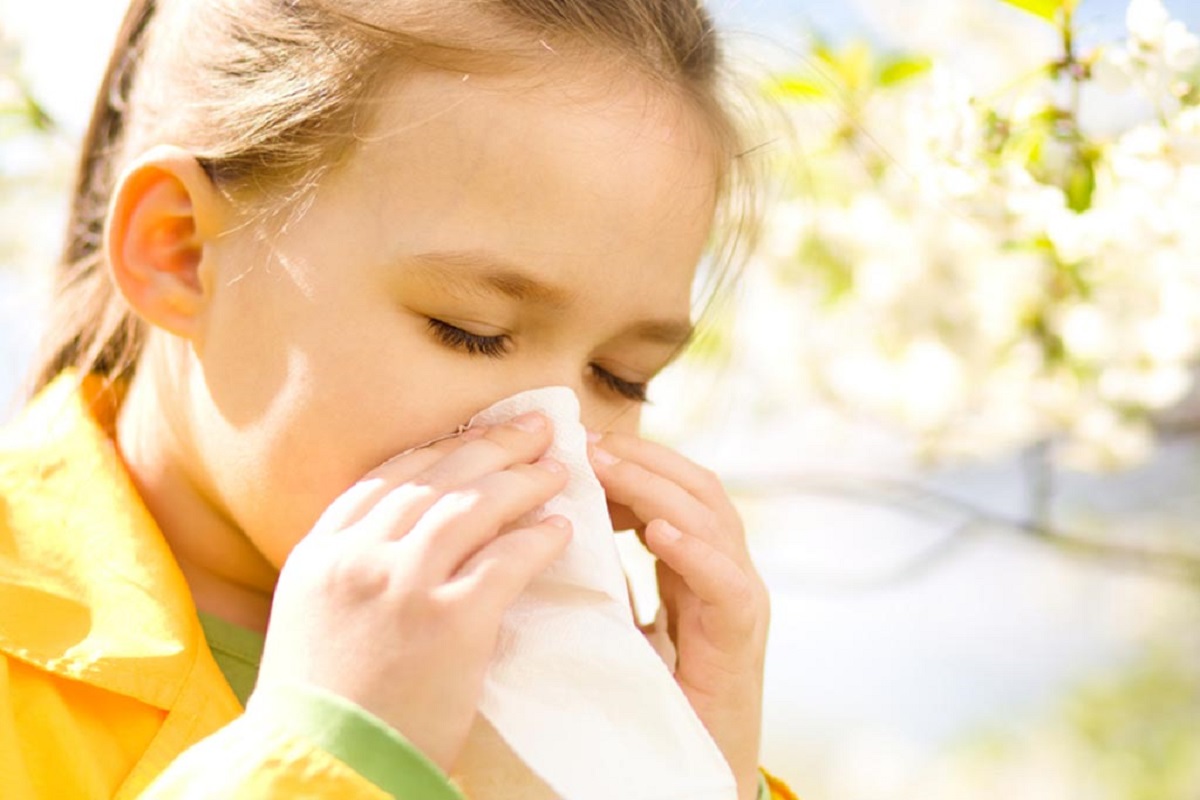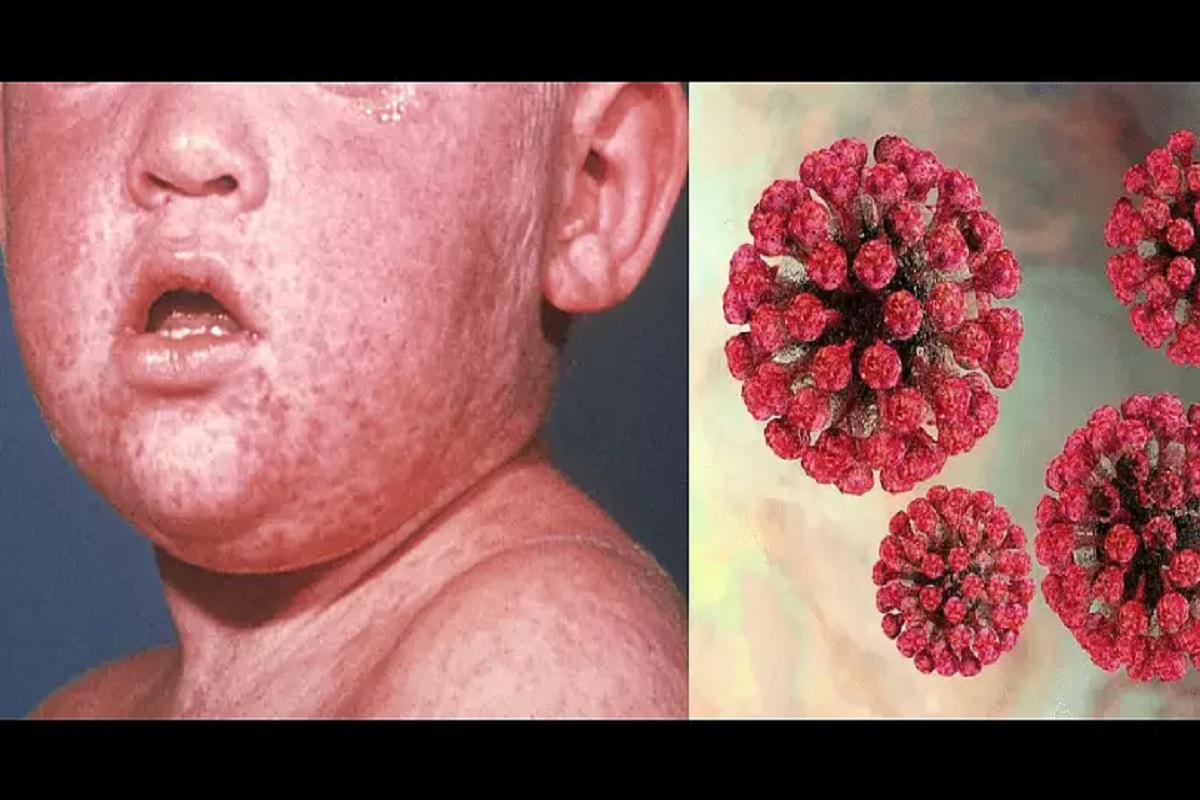Schizoaffective disorder is a mental health condition that combines symptoms of both schizophrenia and mood disorders. While it may not always be possible to prevent it entirely, there are steps we can take to reduce the risk and promote overall mental well-being. Let’s explore some straightforward ways to prevent schizoaffective disorder.

The first step in preventing schizoaffective disorder is to prioritize mental health right from the beginning. This means acknowledging the importance of emotional well-being and understanding that mental health is just as crucial as physical health. Make it a habit to check in on your feelings and share them with someone you trust.
Healthy habits contribute significantly to overall well-being. Simple actions like getting enough sleep, eating nutritious meals, and staying physically active can positively impact mental health. These habits help maintain a balanced and stable mood, reducing the risk of developing schizoaffective disorder.
Stress is a part of life, but learning to manage it is key to preventing mental health issues. Identify stressors and find healthy ways to cope, such as deep breathing, exercise, or spending time in nature. By keeping stress in check, you create a protective barrier against the development of schizoaffective disorder.
Human connections play a crucial role in mental health. Make an effort to build and maintain positive relationships with family, friends, and the community. Social support acts as a buffer against mental health challenges and provides a sense of belonging, reducing the likelihood of developing schizoaffective disorder.
Being aware of early signs of mental health issues is essential. If you or someone you know experiences changes in mood, behavior, or thinking, it’s crucial to seek help promptly. Early intervention can make a significant difference in managing symptoms and preventing the progression of conditions like schizoaffective disorder.
Substance use, including drugs and alcohol, can negatively impact mental health. Limiting or avoiding these substances can help maintain a clear mind and reduce the risk of developing schizoaffective disorder. If you struggle with substance use, seeking support from professionals or support groups is a positive step towards prevention.








